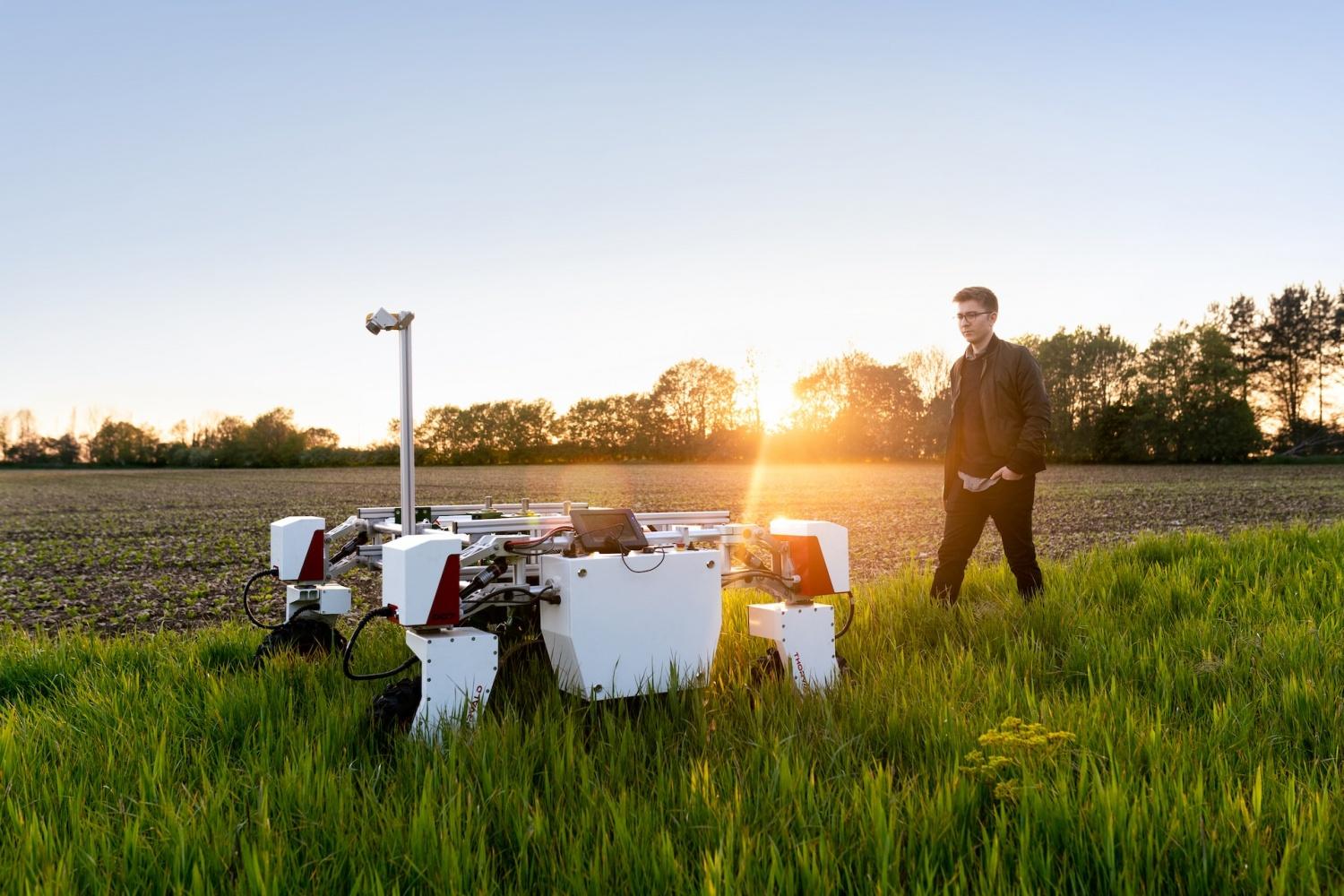The global Autonomous Vegetable Weeding Robots Market is estimated to be valued at US$ 48.73 Bn in 2024 and is expected to exhibit a CAGR of 50% over the forecast period 2024 to 2031, as highlighted in a new report published by Coherent Market Insights.
Autonomous vegetable weeding robots are programmable robotic machines that work autonomously to remove weeds from agricultural fields without human intervention. They use computer vision and machine learning techniques to identify vegetables and weeds. Once identified, the robots carefully uproot the weeds leaving the vegetables untouched. This helps farmers increase yield by timely harvesting of vegetables without the challenges of labor shortages. The key advantage of these robots is that they can weed through the night and anytime needed at farm thereby increasing productivity.
Market Dynamics:
Rising concerns regarding timely vegetable harvesting owing to labor shortages is a major driver fueling growth of autonomous vegetable weeding robots market. According to data by United Nations, over 50% of the global population lives in cities resulting in decline in number of people employed in agricultural sector. Additionally, changing weather patterns have further exacerbated crop losses caused due to delay in weeding. Autonomous robots help address these challenges by enabling weeding 24/7. This significantly improves crop yield and quality. Further, technological advancements in computer vision, AI and robotics have enabled the development of highly efficient vegetable weeding robots that can identify crops with over 98% accuracy. Leading manufacturers are focusing on further augmenting the intelligence of these robots through machine learning algorithms.
SWOT Analysis
Strength: Autonomous vegetable weeding robots have three key strengths - they perform weeding 24/7 without tiring, ensuring optimum crop growth. Being autonomous, they do not require human supervision or labour costs. Their precise sensing and weed identification capabilities allow targeted removal of weeds without harming crops.
Weakness: The high initial costs of these robots and need for regular upgrades can be prohibitive for small farms. Adverse weather conditions and technical glitches may temporarily disrupt their operations.
Opportunity: Widespread adoption of these robots can help address rising labour costs and shortage of farm workers in developed countries. Their deployment ensures consistent weeding regardless of climatic variations or availability of labour. The growers can boost yields through timely and accurate weeding throughout the year.
Threats: Technology adoption often lags in the agriculture sector due to risks averse nature. Farmers may hesitate unless proven benefits outweigh costs over long-term. Advancements in computer vision and AI can lead to better solutions, rendering existing models obsolete quicker.
Key Takeaways
Global Autonomous Vegetable Weeding Robots Market Size is expected to witness high growth over the forecast period 2024 to 2031.
Regional analysis: North America holds the major share currently due to high technology adoption among large farms. Asia Pacific is expected to grow at the fastest pace led by government support and rising farm mechanization in countries like China and India.
Key players operating in the Autonomous Vegetable Weeding Robots market are Fabric Genomics, International Business Machines, MICROSOFT, NVIDIA, AI Therapeutics, Ares Genetics, Benevolent AI, Deep Genomics, DIPLOID and among others. These players are focusing on developing enhanced computer vision, robotics and AI-based solutions to improve accuracy and expand capabilities of agricultural robots.
Get More Insights On This Topic: https://www.newsstatix.com/the-autonomous-vegetable-weeding-robots-market-is-driven-by-advanced-precision/
